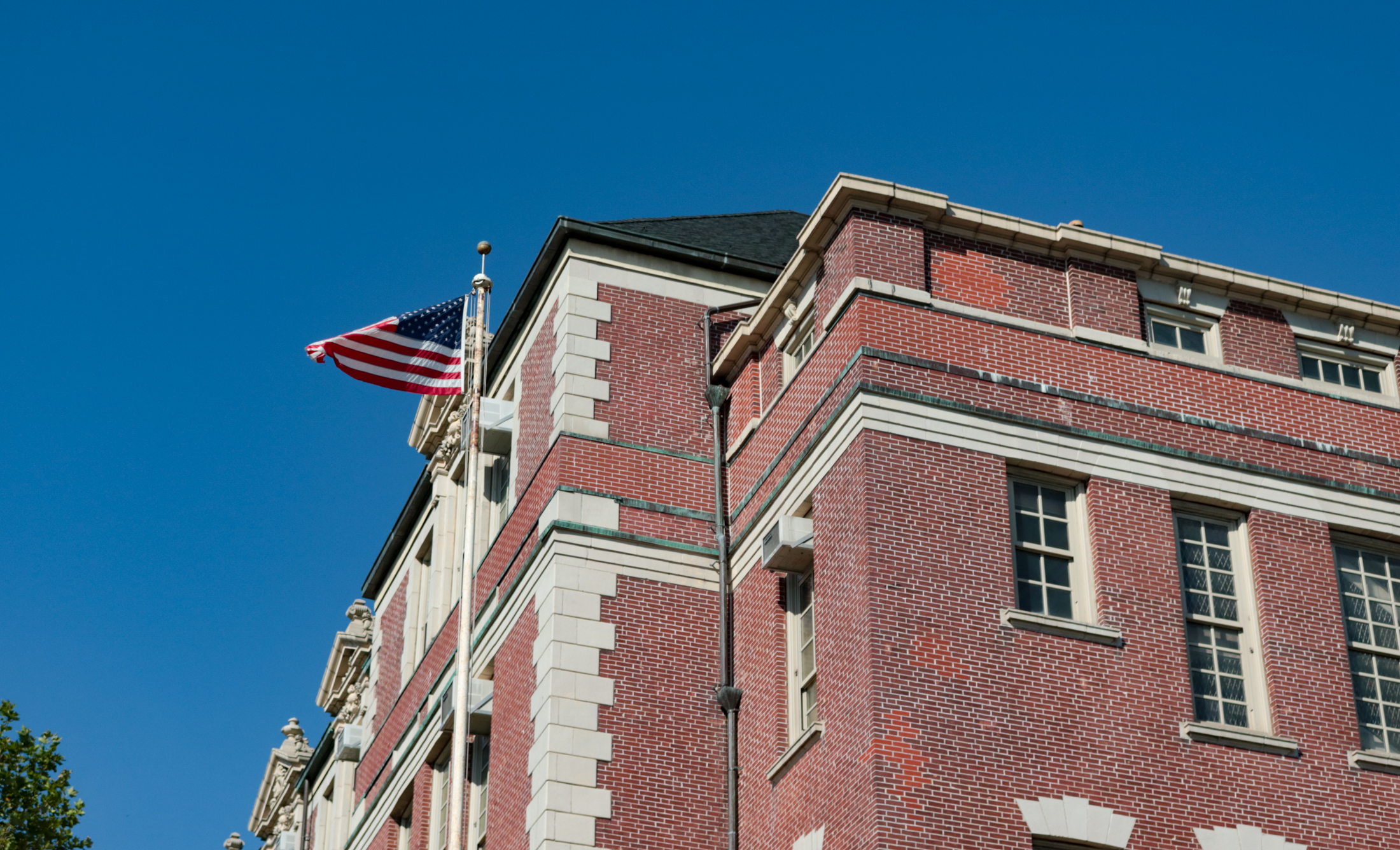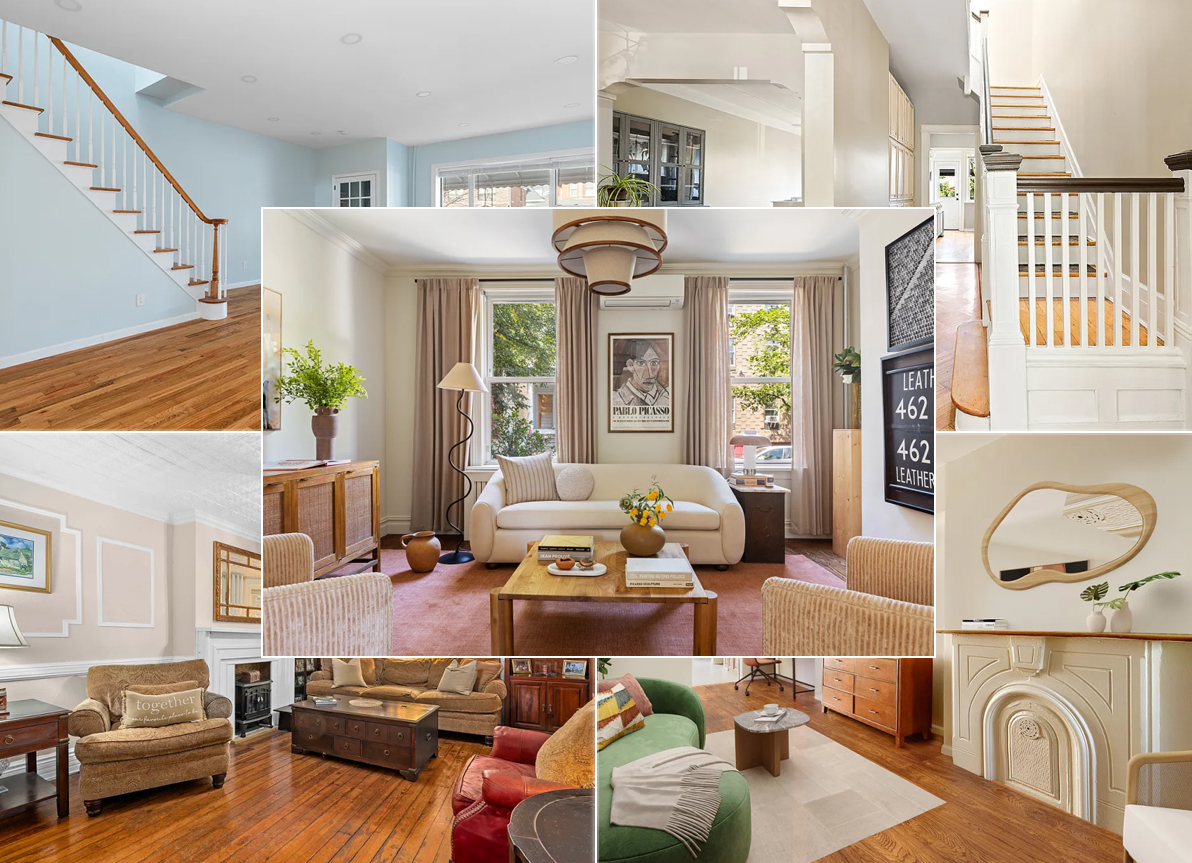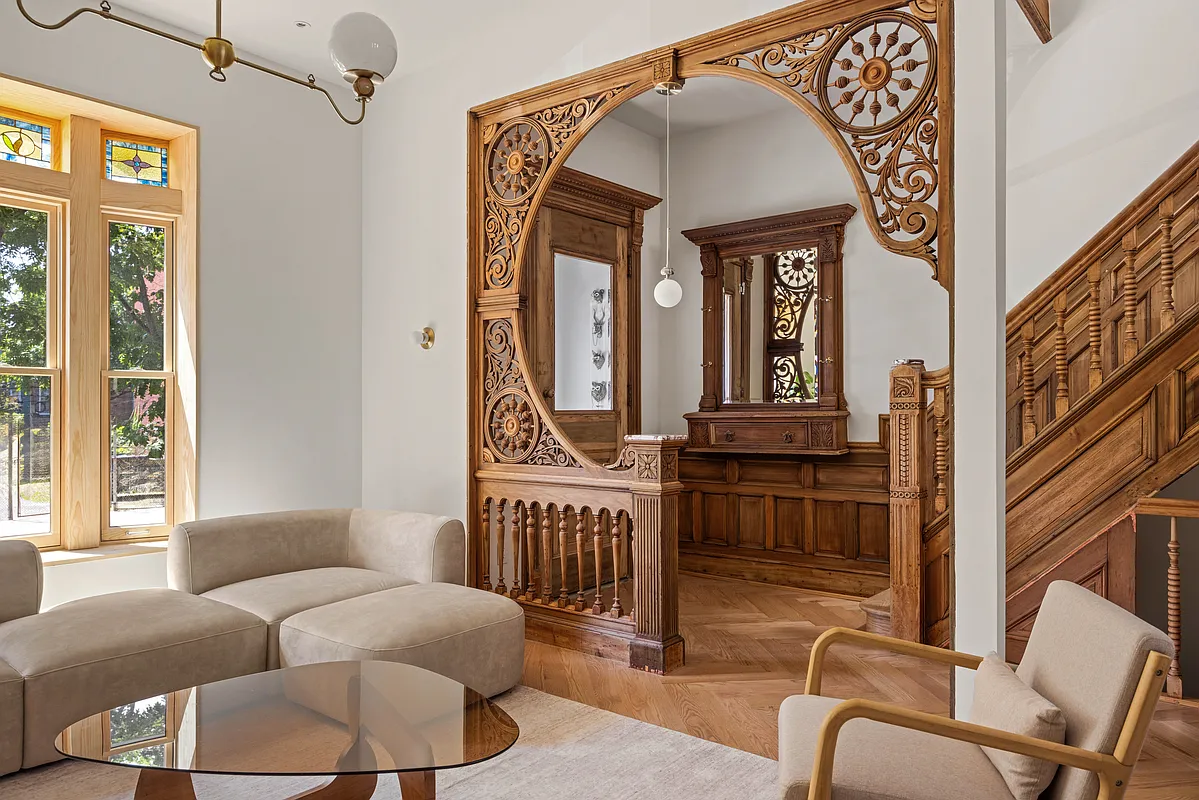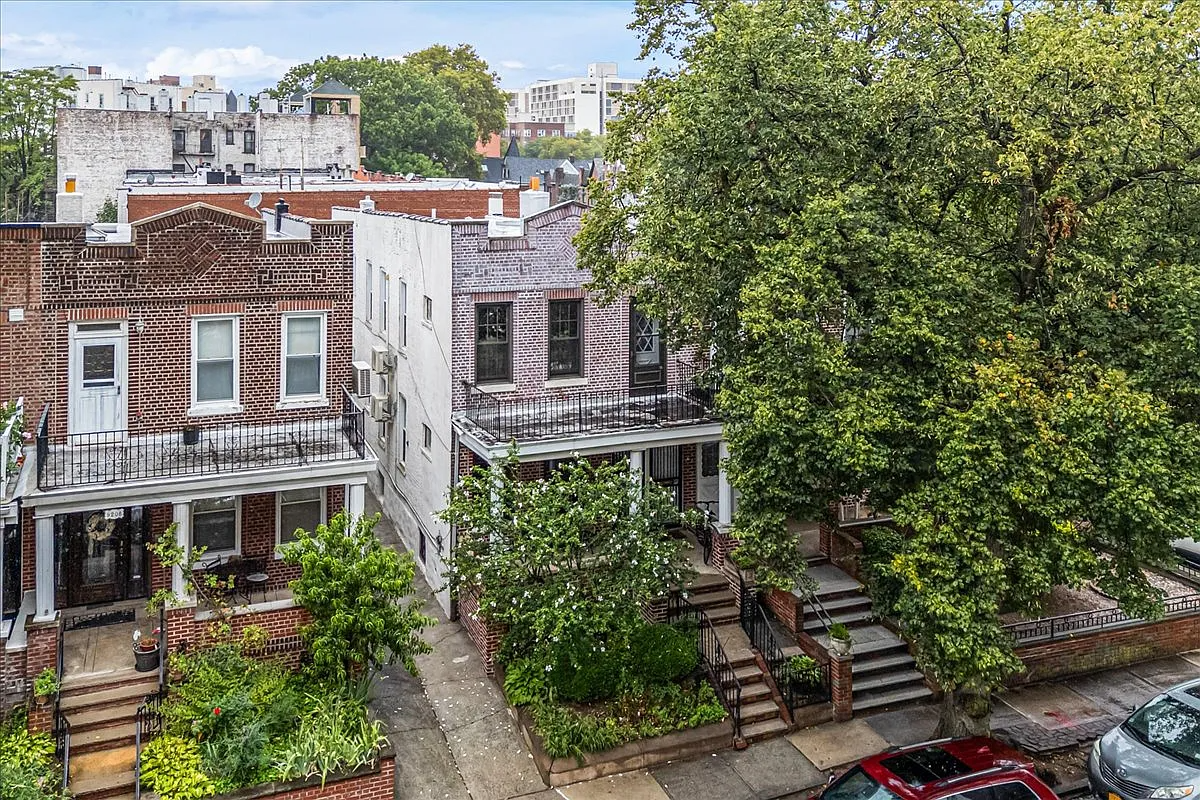In Preservation, Newer Materials Gaining Traction
The Wall Street Journal reported last week on the growing tendency of renovators of historic homes to cut corners with modern substitute products: In a shift that has preservation- ists squirming, some historic-home commissions are caving in and giving the nod to restorations using synthetic materials. In Waukesha, Wis., officials are compiling a list of…

 The Wall Street Journal reported last week on the growing tendency of renovators of historic homes to cut corners with modern substitute products:
The Wall Street Journal reported last week on the growing tendency of renovators of historic homes to cut corners with modern substitute products:
In a shift that has preservation- ists squirming, some historic-home commissions are caving in and giving the nod to restorations using synthetic materials. In Waukesha, Wis., officials are compiling a list of faux materials they’ll consider for use on the town’s Victorian and Italianate houses. And in Beach Haven, N.J., a seaside hamlet of Victorian homes, just-approved architectural-review guidelines give a thumbs-up to cellular polyvinyl chloride — a type of plastic — on window trim (“made in the same time-honored tradition of fine wood millwork,” says the Web site of manufacturer AZEK).)
Even the balusters on the porch of this house in Normal, Illinois are plastic. Not everyone’s jumping on the bandwagon, however: Realtors who handle period homes say they often have trouble if modern materials have been added. “A New Englander just won’t touch it,” says Marilyn Hanberg, a realtor in Essex, Conn. We’re not opposed per se on a limited basis–for example, we gather that fiberglass cornices are commonly used now on landmark brownstones–but like most things, the devil’s in the details.
Homeowners and Purists Go Head to Head [Real Estate Journal]





I have seen a few houses in the Ditmas Park area that have used some sort of shingle siding that I could not tell apart for the real wood McCoy. If it keeps home owners from destroying the period feel of their homes with other less expensive alternatives (ugly aluminum, brick, styrofoam)then I am all for it.
While I agree that a plastic balustrade is different than a plastic cornice, Landmarks does approve substitute materials. The real question is one of quality, and, yes, details. The other problem is that these materials weather/age differently than the original.
Fiberglass cornices are common; PVC cornices are becoming more common. Half of Fort Greene is stucco, not brownstone (look carefully!).
Faux materials are also historical (terra cotta? cast iron? both were intended to look like something else).
Malymis – there is a company called Architectural Fiberglass in Copaigue – they do a lot of the work in the city. There are others too.
Fiberglass cornice is ok, I could use one, my building has mansard roof but no cornice. Could anybody recomended a firm that can do it?
Thanks
I’m gonna go with Mr. ‘Stoner on this one – the devil’s in the details. Who wants a plastic ballustrade, historic looking or not? But a fiberglass cornice? If you can’t see the difference and your cornice is thus that much less likely to fall on your head, then I’d be all for it. TJ – I think Mr. Anderson here on the Cambridge Reno might have a *slighty* updated view from the Landmarks Board – I believe they now allow recycled/other alternative materials, such as the hardiplank siding I believe he was looking into using on his house.
Good luck getting landmarks on board with this. Not the most flexible group in the world.